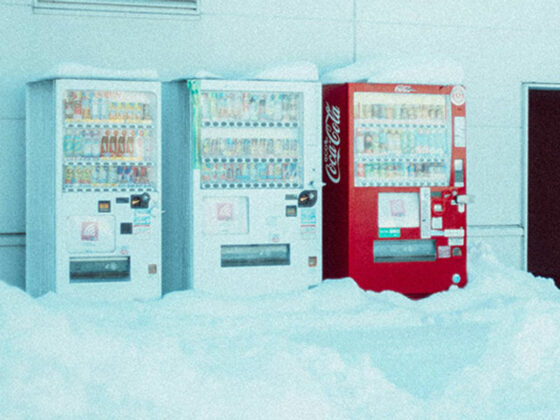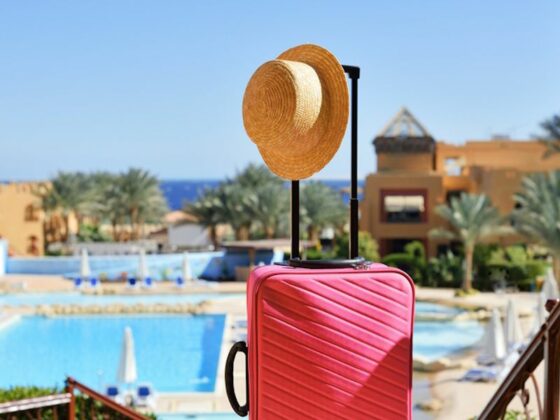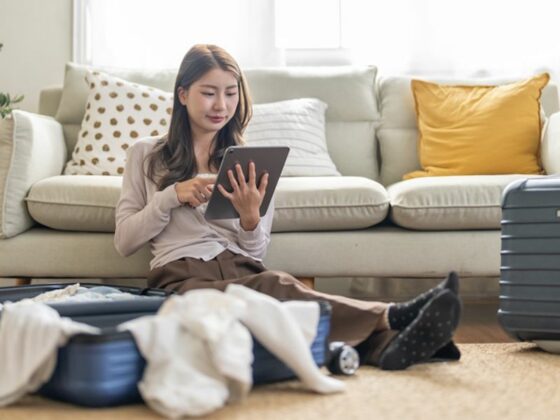
For travelers, the table d’hôtes is synonymous with sharing and exchange
around a meal concocted by the host of the house. This moment of
conviviality is an opportunity to discover the culinary specialties of the region.
Many guesthouse owners have decided to embark on this adventure
following the opening of guest rooms. However, this project represents a
significant workload that should not be overlooked. This service requires
compliance with certain specific rules. Find all our advice on how to manage
a table d’hôtes in all legality.
The characteristics of a table d’hôtes
The table d’hôtes is an excellent way to bring travelers together. However,
certain conditions must be respected concerning the organization of the meal:
- A table d’hôtes must be created in addition to an accommodation offer. This activity is reserved for owners who offer the rental of guest rooms for a short or long stay.
- This service is only available to travelers staying at least one night in the guesthouse. Outsiders are not allowed to come and eat.
- The proposed menu is unique. The host must prepare a single menu, from appetizer to dessert, without the traveller having the choice between several options.
- The meal is served on a large family table. The aim of the table d’hôtes is to share a meal all together. All passengers are required to eat at the same table.
- The capacity of the table d’hôtes is limited to the number of beds available.
If the host does not respect one of the mentioned criteria, the table d’hôtes will be considered as a restaurant. Indeed, it is these 5 conditions that differentiate a table d’hôtes from a traditional restaurant service.
Carry on this activity legally
The opening of a table d’hôtes requires certain administrative steps to be taken beforehand. Since this activity involves the processing of products of animal origin, the operator must make a declaration to the Departmental Directorate for the Protection of Populations. A health inspection may take place. Moreover, the respect of the rules of hygiene is fundamental, the owner can find them in the decree of May 9, 1995 regulating the hygiene of food given to the consumer. The measures are based on 3 points: respect for the cold chain, the distinction between food served to travellers and food for consumption by the owners and good maintenance of the premises.
As regards the offer of alcoholic beverages at the meal, the operator of the table d’hôtes is required to obtain a licence. There are several types of licenses. To serve non-distilled fermented drinks (wine, cider, beer…) the small restaurant licence is sufficient. If the owner wishes to offer strong alcohols (liqueurs, rum, aperitifs…) to travellers, he will have to obtain a restaurant licence.
Finally, the owner who proposes a table d’hôtes must post the meal rates outside and inside the building in which he welcomes his customers. When the amount of the meal is equal to or greater than £15.24, the host must issue a note to the traveller. He will keep one copy for two years.
A few recommendations
To ensure the success of your table d’hôtes, we will show you some effective and simple tricks to put in place:
- Organize an aperitif to break the ice between travellers.
- Prepare the meal in advance so that you can spend time at the table with your hosts. Travellers like to discover the locals and have many questions to ask them, so be open and available.
- Create original dishes that travellers won’t find in nearby restaurants. It’s a good way to differentiate yourself from other food services.
- Use regional products. For this, it is more interesting to buy from local suppliers and to favour short circuits.
- Ask travellers about different diets to adapt your menu.
For guest houses located away from villages and restaurants, it is very interesting to offer travellers a table d’hôtes. Instead of travelling miles in search of a restaurant, they can eat directly at your place while discovering local products.
A true moment of conviviality, the table d’hôtes has seduced many travellers in search of authenticity. This service, offered in addition to the guest rooms, can make the difference when travellers choose a guest house to stay in. The table d’hôtes is an activity that will satisfy both parties: the traveller discovers the local gastronomy while the owner of the house sees his income increase. So if you want to get into this project, don’t wait any longer! It is above all a human experience that will allow you to share good times with travellers from all walks of life.









